High Challenge, High Reward
In the fall of 2013 I reviewed a manual focus only ultra wide angle lens. I noted in that review that an ultra-wide lens is a challenging tool to use for many photographers because the extreme focal length requires a completely different mentality in composition. Distortion is always part of the package, exaggerating certain portions of the image. Wide angle lenses produce the illusion of space/distance. As a result it is possible to take some really bad pictures with such lenses. When used effectively, however, ultra wide angle lenses produce some of the most strikingly dramatic images possible. Some of my favorite images that I have ever taken have been with such lenses. I love the look you can achieve by choosing what you will distort/emphasize to tell the story in a dramatic way. In this image, for example, I chose to emphasize the bristlecone pine that stands as a sentinel overlooking the Grand Canyon in Arizona.
My previous ultra wide angle review was of the cheap upstart, the Samyang/Rokinon 14mm f/2.8. It offers surprisingly good optics along with a few drawbacks. The Zeiss Distagon 2.8/15mm is the Mercedes of the genre, offering a superlative build quality, killer optics, and one distinct advantage that we will address in a moment. It also comes with a distinct disadvantage, of course, and that is a price that is nearly 10 times that of the cheap Rokinon.
Wide angle lenses have distinct challenges, most notably distortion and the serious challenge of having to resolve incredible amounts of detail. Wide angle lenses are frequently used in situations where resolution in the corners matters. This has often been a shortcoming for wide angle lenses, unfortunately, and until the release of Canon’s new 16-35mm f/4L IS Canon’s wide angle zooms really suffered in this area. The resolution of the Zeiss Distagon is hard to beat, and part of its strength is its ability to resolve into the corners of the image.
Sexy, in a Zeiss Sort of Way…
The Distagon has a superlative build quality. It’s sleek black metal body is, like many Zeiss lenses, rather sexy. It is not a small or light lens, but neither is it exceptionally large or heavy. It is 5.31″/135mm long and weighs 28.92oz/820g. The lens is fairly narrow at the lens mount but tapers out toward the focus ring (which is actually an independently moving section with a finely ribbed ring in the center). Zeiss focus rings are typically made of metal (like this one) and designed to last for a lifetime. The lens makes one more dramatic taper to a very wide front element with a permanent lens hood.
The lens cap is like other ultra wide lenses with bulbous front elements in that it fits over the permanent lens hood rather than clipping into the filter thread. This lens cap (made of metal) seems to rely primarily on a vacuum suction effect to hold it on, and this is, in my experience, an imperfect system. I often carry camera and lens combos in a Black Rapid strap system and found in cold weather the contraction of the metal produced a slightly looser fit. The lens cap came off a few times, once while walking along a path at the Grand Canyon in Arizona. On this occasion the cap fell onto the path and got some minor cosmetic damage because of its metal construction and the rocky nature of the trail that I was on. (And yes, the gaffer tape was already applied, but it is still not a perfect solution.) I would recommend removing the cap when going out in a similar setting and relying on a filter to protect the front element.
Yes, a filter.
I alluded to a distinct advantage this lens has over other ultrawide angle options, including Nikon’s exceptional 14-24mm f/2.8 zoom and the Rokinon 14mm f/2.8 that I own. It is the widest lens that I am aware of that allows for the use of traditional filters. The filter thread is not small at 95mm, and filters in that size will not come cheap, but they will certainly be cheaper (and much easier to use) than add-on filter solutions that use square filters. I am a big fan of having a protection filter on my lenses at all times, and Zeiss was kind enough to provide a very nice Zeiss branded UV filter. It is particularly reassuring to have such a filter in place when the front element is bulbous and at least feels more exposed and vulnerable. One note on filters: the fixed (permanent) lens hood means that the filter is only exposed at certain points and means that using a filter removal tool is not a possibility. Don’t over-tighten those filters…particularly circular polarizers!
The lens’ internal construction is 15 elements in 12 groups including some two aspheric elements and an anti-reflective coating to reduce ghosting and reflections. The lens will focus down quite closely (9.84″/24.99 cm) and has a reasonable maximum reproduction value as a result. This allows for some fun shots where you can really emphasize a key element while retaining a lot of context around the shot. I’ve done that with this spiny cactus “portrait” here.
The Distagon has Zeiss’s signature smooth manual focus, and in this application the focus action is very smooth and quick with very light weight/damping. This lens is unique amongst the Zeiss lenses that I have used because of its comparitively short focus throw, which is only about 30 degrees from minimum focus to infinity. The focus ring has that great, mechanical feel without any of the “disconnect” that many autofocus lenses exhibit. The stops at minimum and infinity focus, for example, have a hard, definite feel. It is extremely easy to go from from extreme to another. The biggest challenge for manually focusing a wide angle lens is the “distance” from your subject the extremely wide focal length creates. This makes visual confirmation more difficult (although for some reason I find the Zeiss far easier to visually focus than the Rokinon). In many situations this isn’t particularly important; even at f/2.8 and a 5 foot focus distance the depth of field at 15mm is already nearly 8 1/2 feet. Stopping down to f/4 produces a depth of field of nearly 24 feet and and f/5.6 produces an infinite depth of field from 2.34 feet out to infinity. Using the hyperfocal guide imprinted on the lens is useful for achieving ultimate depth of field.
In Nikon mounts the Distagon 15mm will have a manual aperture ring, but in the Canon (ZE) mount the lens does not have the manual aperture ring and the aperture iris is controlled electronically from the body itself (this is either a pro or a con depending on your perspective). EXIF data is also communicated as per normal to the camera body. The only difference with this lens as compared to normal autofocus lenses in operation is the fact that there is no autofocus motor and the lens is manually focused. It even has focus confirm that will beep and light up the appropriate focus point when focus is achieved. I’ve received a number of questions regarding Zeiss lenses and using focus confirm with the lens wide open. I have recently acquired an EG-S focus screen that I will write about shortly, and it is definitely easier to visually determine focus at wide apertures with that screen in place, but I have a large catalog of images (a number of which that I have shared in the past year) taken at wide apertures using the focus confirm option and a standard focus screen. My keeper rate with Zeiss lenses in this fashion is actually very high once I develop a feel for the lens. If you have a camera body that allows for interchangeable screens, however, the insignificant investment for a focus screen ($34.99 is what I paid at B&H) that is more attuned to the unique needs of a manual focus prime makes a lot of sense.
At some point in my review of Zeiss lenses I typically have to address the elephant in the room (other than manual focus), and that is the price. The Zeiss Distagon T* 2.8/15mm is a very expensive lens. It’s price clocks in at nearly $3000. That is not an insignificant investment, and there are a wide variety of options at any number of price points beneath it. Yet there is a reason why people choose the Zeiss and are very happy to have made the investment.
Image Quality
The Zeiss has very few optical shortcomings, and produces stunning imagery. There are a number of significant optical strengths for the lens, starting with resolution. I noted earlier that corner performance for many wide angle lenses is a significant Achille’s heel. The Zeiss resolves strongly throughout the frame, and that resolution is further boosted by a quality that I rarely see equalled by non-Zeiss lenses, and that is microcontrast. When I use that term I refer not only to the global contrast of any particular image but also to the unique quality of strong contrast in the fine details. It aids the appearance of resolution because images do not have any of the “haze” that makes them appear softer. This really helps images from Zeiss lenses like this one have a nice three dimensional quality. Head to head comparisons consistently show that Zeiss lenses have better contrast than just about any of their competitors (including the Nikon 14-24mm f/2.8), which simply means that details resolve more crisply. While that may not be apparent in your average web share, it certainly will make a HUGE difference if you are doing large prints.
Another strength of the lens and Zeiss talking point is the lenses’ extremely strong performance in the chromatic aberration/fringing department. The lens exhibits essentially no fringing or chromatic aberrations in field use, which is yet another asset in helping images have that extra “pop”. Zeiss lenses are further renowned for their exceptional color rendering (and color accuracy), and the Distagon T* is certainly not an exception. A number of users have noted that their need for processing images dramatically decreases when using Zeiss lenses for all of the reasons above. This is obviously key for video users, as processing steps in video production are both time consuming and require a lot of processing power. One other interesting phenomena I have observed when using Zeiss lenses is that the dynamic range seems positively impacted. The sensor of one’s camera ultimately makes the determination of how great the dynamic range is, but Zeiss lenses seem to be particularly strong in dealing with scenes with strong highlights and shadows.
While flare control is not perfect, the performance here is very strong, with only a very small amount of ghosting in certain situations. I don’t enjoy cleaning up ghosting in post processing, so the less of it the better! The lens also produces very, very nice sunbursts when stopped down that are clearly defined and attractive, as this photo shows.
The 18 point sunburst is a MASSIVE improvement on the extremely bland sunstars produced by the Rokinon 14mm f/2.8 (which is one of the key areas that I have criticized it in the past). That alone can add a key element to one’s images that can set them apart from the crowd and is one of the single greatest qualities that have given me a bit of lens envy. The image above would not have been nearly as dramatic with an inferior sunburst.
One fortunate quality shared with the Rokinon is the extremely low “coma” or distortion of light sources near the edge of the frame which, combined with excellent sharpness and contrast, make the Zeiss an extremely compelling option for astraphotography. The Zeiss shines when the lights go out, and not even the excellent new Canon 16-35mm f/4L IS compares in the least to the performance for shooting the night sky. Star points are produced with fine detail and precision, and there is excellent, clear contrast between the bright points of light and the dark of the sky that seems much muddier with zoom lenses. There is a fairly small list of lenses that are truly exceptional in this setting, but this is certainly one of them.
Picks and Pans
There are a couple of negatives that also need to be discussed. Vignetting seems particularly strong wide open and even into the f/4 range, although fortunately vignetting (at least for stills) is perhaps the single easiest thing to correct for in post. If you are more of a JPEG shooter, however, this might affect you, and since Zeiss is a third party manufacturer camera bodies will not correct for peripheral illumination (vignetting) in camera. That being said, unlike some wide angle lenses, the vignetting will actually clear up completely when the lens is stopped down to f/8 or more, so all is not lost. Ultra wide lenses by nature tend towards distortion, and the Distagon T* is no Tilt-Shift lens. Just a little tip here: the angle of the sensor (camera) in relation to your subject will either minimize or emphasize that distortion. You can compose in such a way that minimizes that distortion (like in this shot with a tall, straight saguaro cactus in it):
But you can also use that distortion creatively (particularly in portrait oriented shots) to really emphasize and stretch the foreground like this:
This would not be my first choice for architectural work, but it is far from the worse option, too, as the image quality wide open allows it to be a more effective low light option than many other lenses. Its actual lens [barrel] distortion (not to be confused with the perspective distortion) is relatively low compared to its class.
One issue that I noted is that on my Canon 6D bodies the lens tended to underexpose by somewhere between 1/3rd and 1/2 stops. This is not a complaint that I have observed from others necessarily, but I did note it in my application and had to adjust for it in my shooting. One final potential concern for landscape photographers is that the lens does not have weathersealing. That being said, I have rarely been concerned when using manual focus lenses from any era in adverse weather because any concern about weathersealing would be purely mechanical and not about more delicate electronics. I’ve never personally had an issue with a non-sealed manual focus lens in bad weather. Still, the 2.8/15 represents a pretty big investment, so this may present a concern for you.
Conclusion
In conclusion, this is a master class lens that can produce epic images. Here are a couple that I’ve put a little “polish” on that I believe show off what can be achieved with this lens along with a little processing. Most of the photos in this review have minimal processing, but I do want to show what can be achieved with such an amazing optic and post work.
I’ve shot with a similar focal length for several years and have learned a certain familiarity with it. The degree of challenge associated with the focal length pays dividends in the incredible image quality you can achieve with it. The Zeiss Distagon T* 2.8/15mm is a very expensive lens, but those who make the investment find a highly rewarding lens that produces images inferior options cannot match. You would be hard pressed to find an owner of the lens who would not say that it was worth its high price tag. It is simply one the finest wide angle lenses that exists…period. You can count the ultra wide options that can compete optically on basically one finger. Its contrast is unrivaled, which gives images that extra “pop” that can set your work apart from the crowd. Zeiss optics are a genuine joy to use, and despite a few shortcomings the Distagon 15mm is one of their finest. If the prospect of manual focus and the price doesn’t turn you off, it is unlikely that anything about the actual lens will disappoint you.
Pros and Cons
Pros:
- Superior optical performance
- Resolves into the corners
- Exceptional contrast
- Exceptional build quality
- Smooth, accurate focus ring
- Will accept traditional filters
- Relatively low native distortion
- Great looking sunstars
- Chromatic aberrations are near non-existent
- Exceptional color reproduction
Cons:
- Extravagant price
- Manual focus only
- Not weathersealed
- Some ghosting when the sun is directly in the frame
- Fairly strong vignetting at wide apertures
- I’m not crazy about the lens cap design
Review Notes: I have reviewed a retail sample provided to me for review purposes by Carl Zeiss lenses (Americas). All photos in this review were taken by myself with the lens other than the photos of the lens, which I took with a Canon 100mm f/2.8L IS USM. I have striven for accuracy and objectivity as always.
Check out the Lens Image Gallery Here: You can also find more Zeiss reviews here.
Gear Used:
Canon EOS 6D DSLR Camera (Body Only)
Zeiss Distagon T* 15mm f/2.8 ZE Lens for Canon EF Mount
Adobe Photoshop Lightroom 5 Software for Mac and Windows (Boxed Version)
Adobe Photoshop Creative Cloud 1-Year Subscription
Alien Skin Exposure 7 (Use code “dustinabbott” to get 10% off)
Purchasing your gear through B&H and these links helps fund this website and keeps the articles coming. Thank you for your support.
Great News! I can now offer a 5% discount on all purchases at Amplis Foto, Canada’s Leading Photographic Supplier. Please enter discount code: AMPLIS52014 in your cart. It is good for everything in your cart, and is stackable with other coupons, too! It will take 5% off your entire order! Proceeds go towards keeping this site going and providing you with new reviews!
Error: Contact form not found.


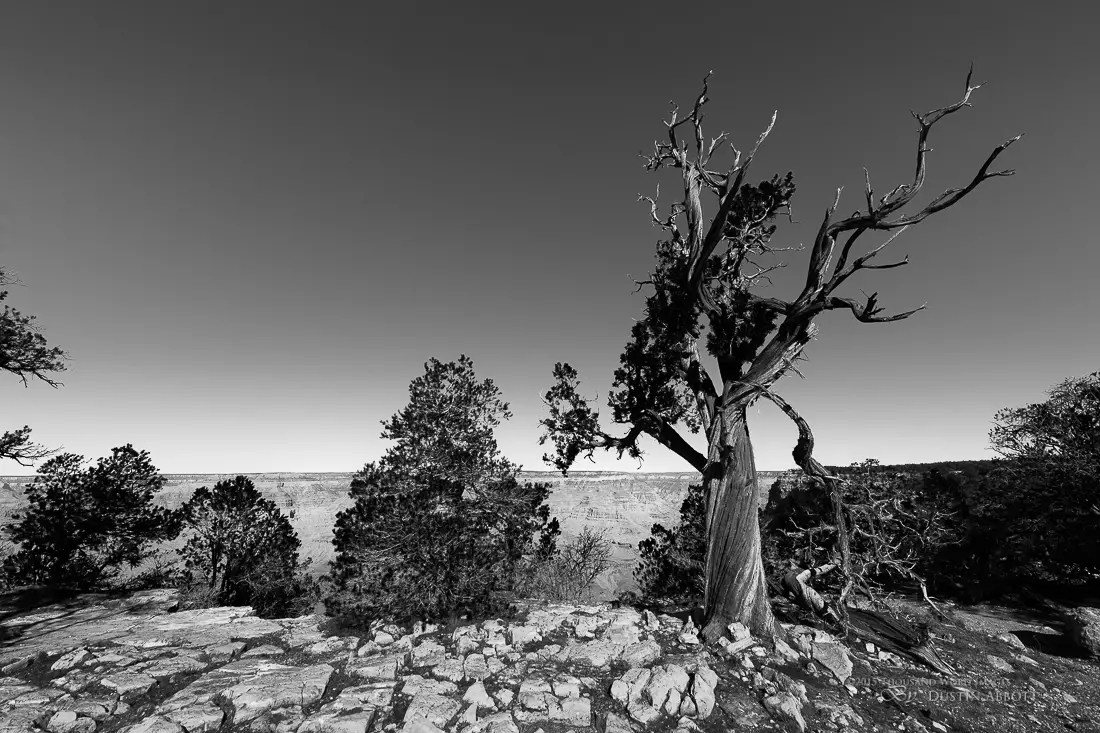
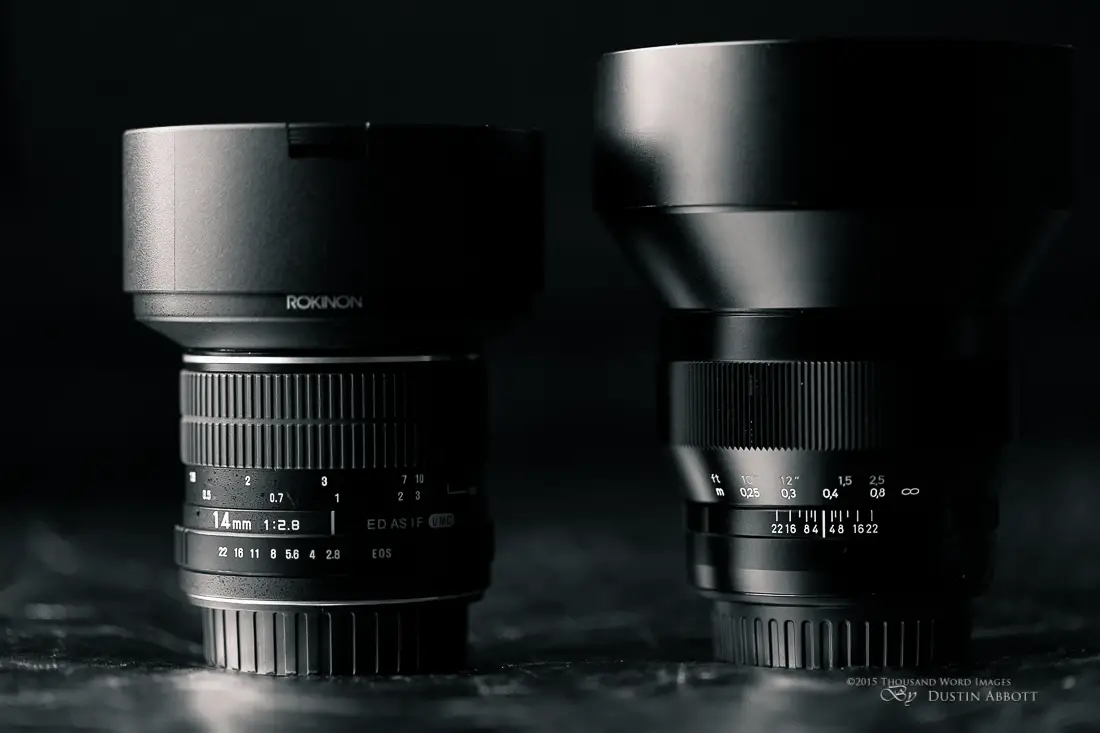
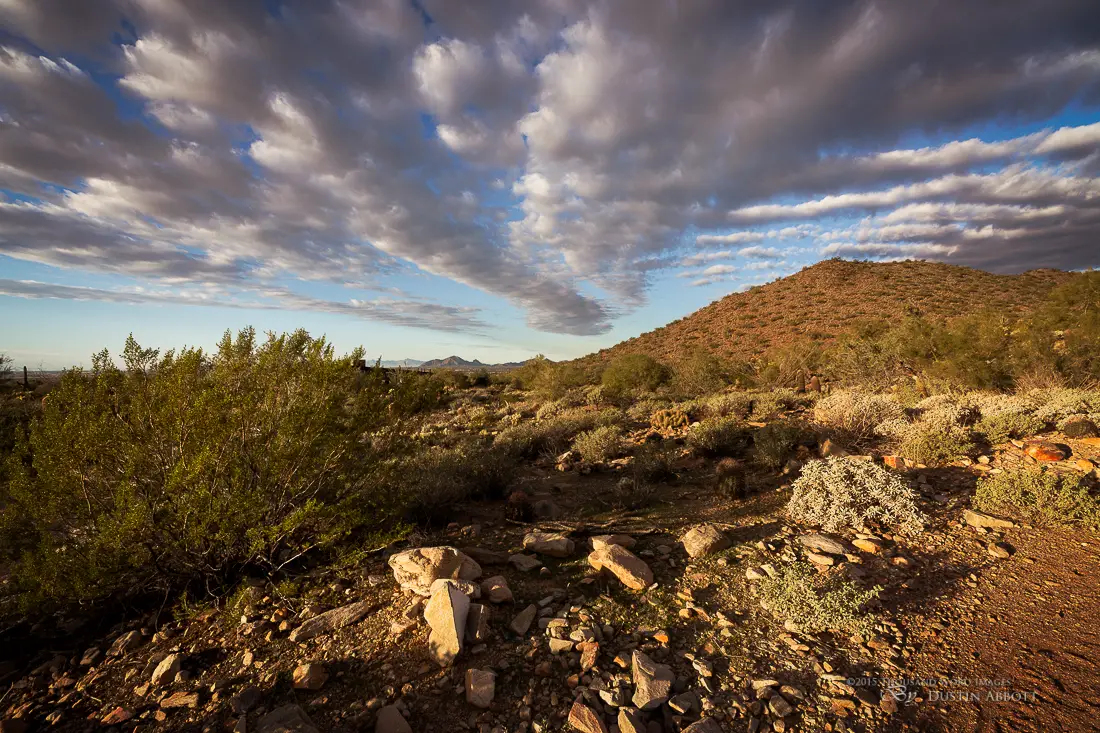

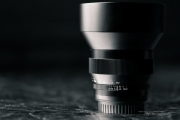
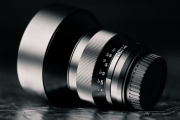
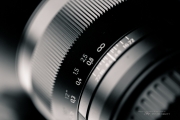
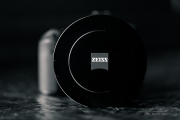
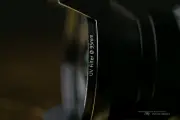
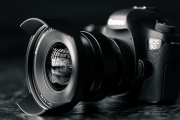
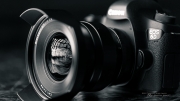
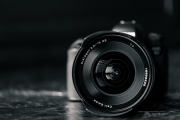
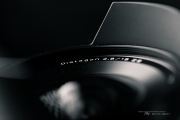
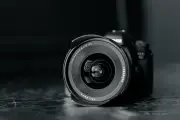
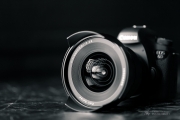
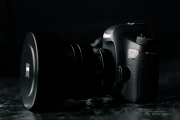
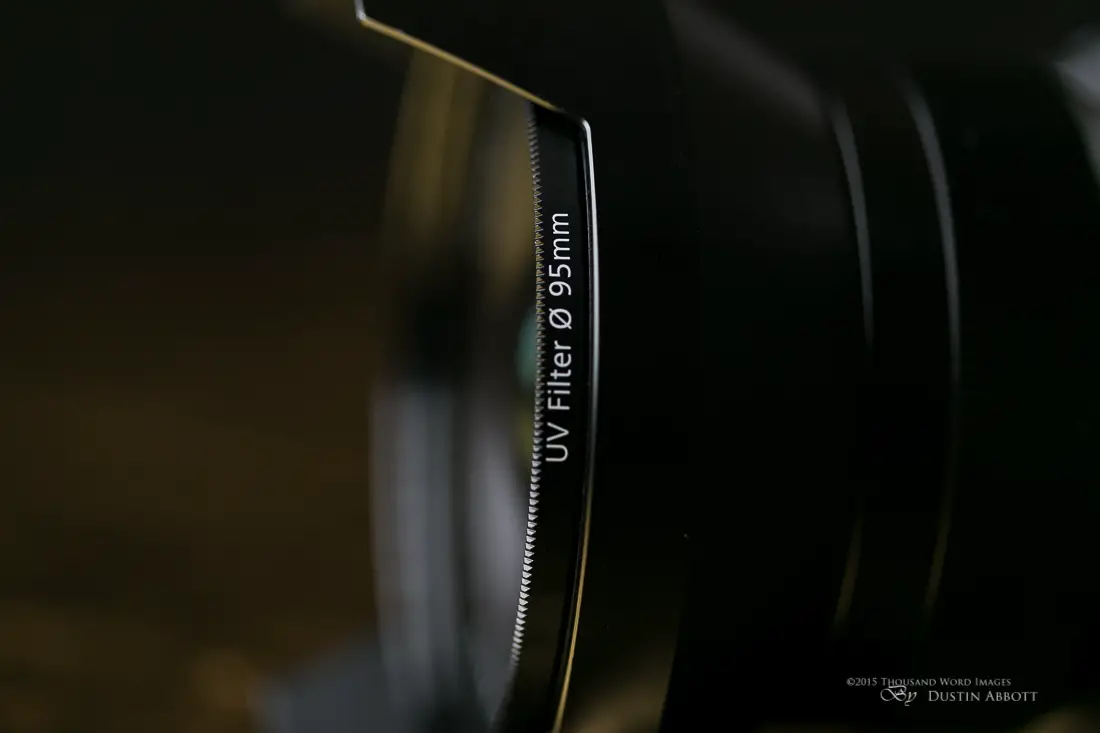

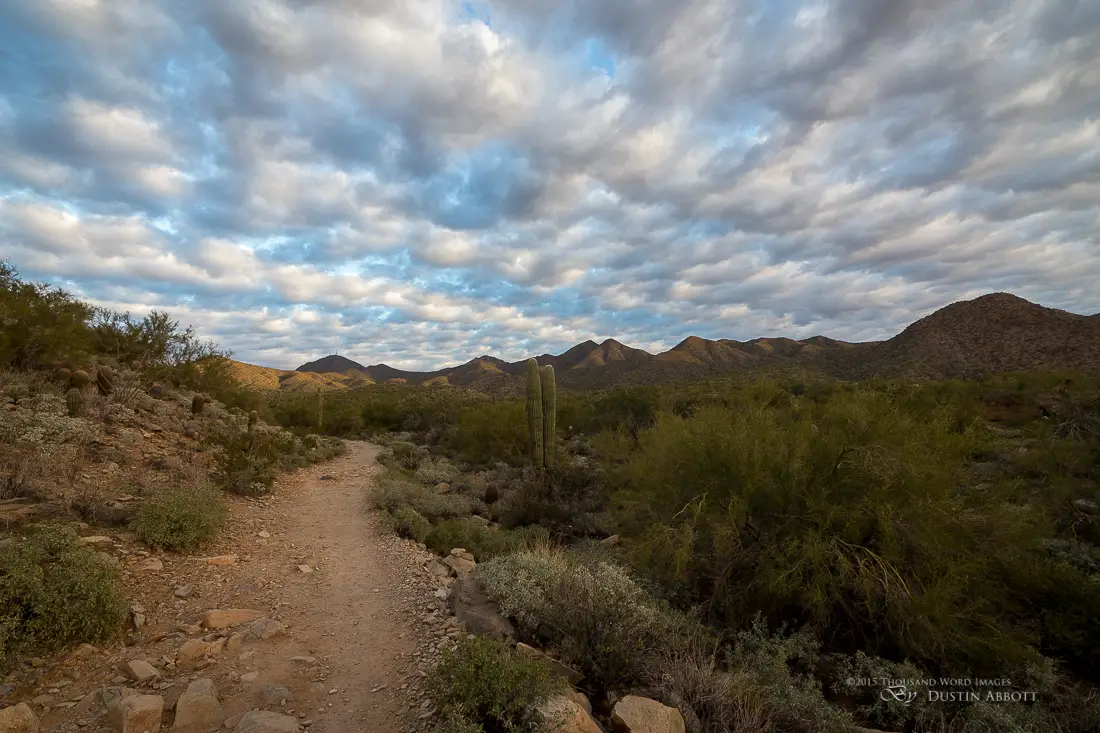
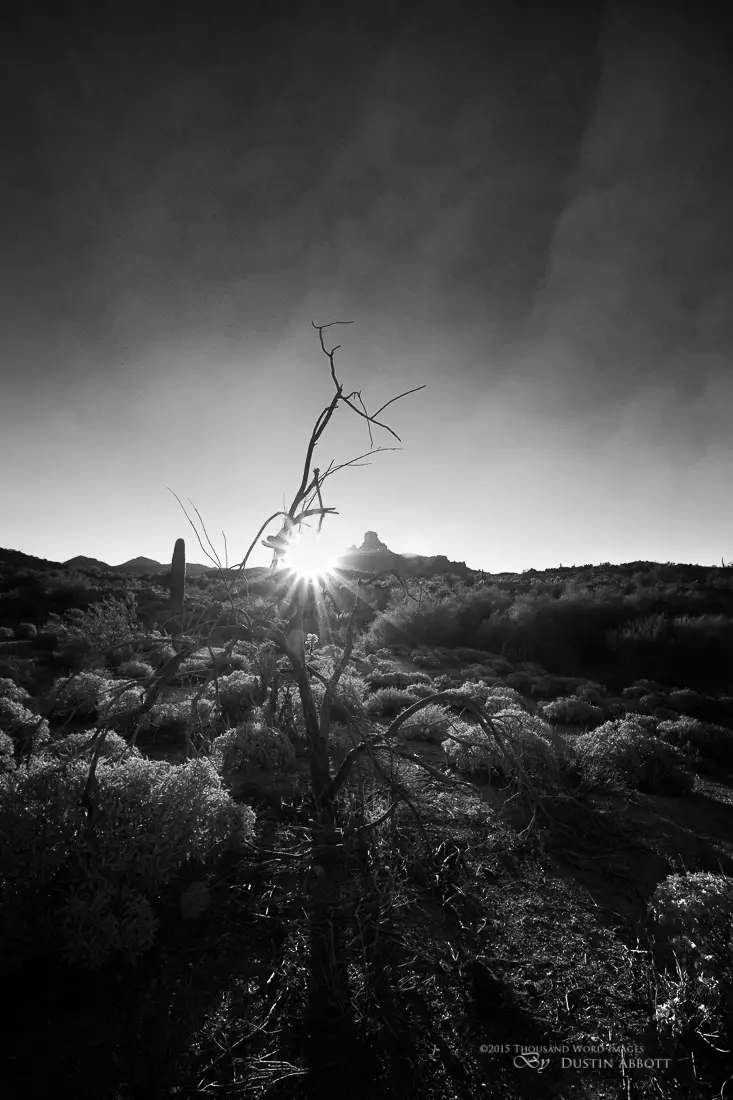
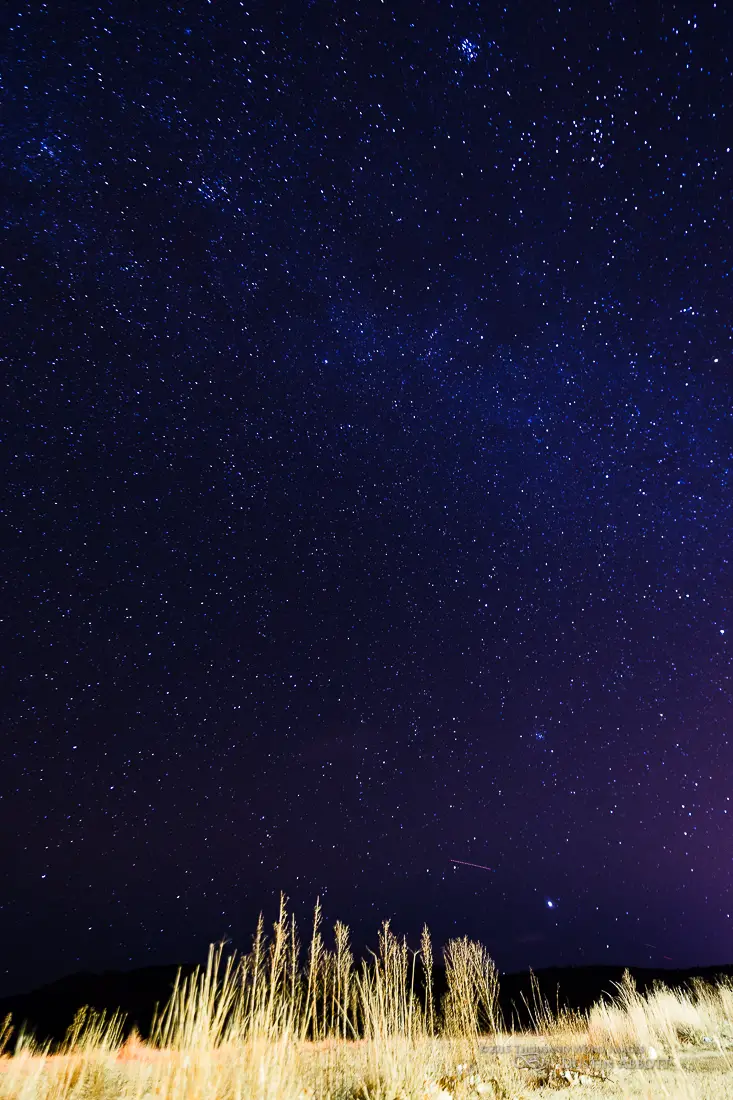

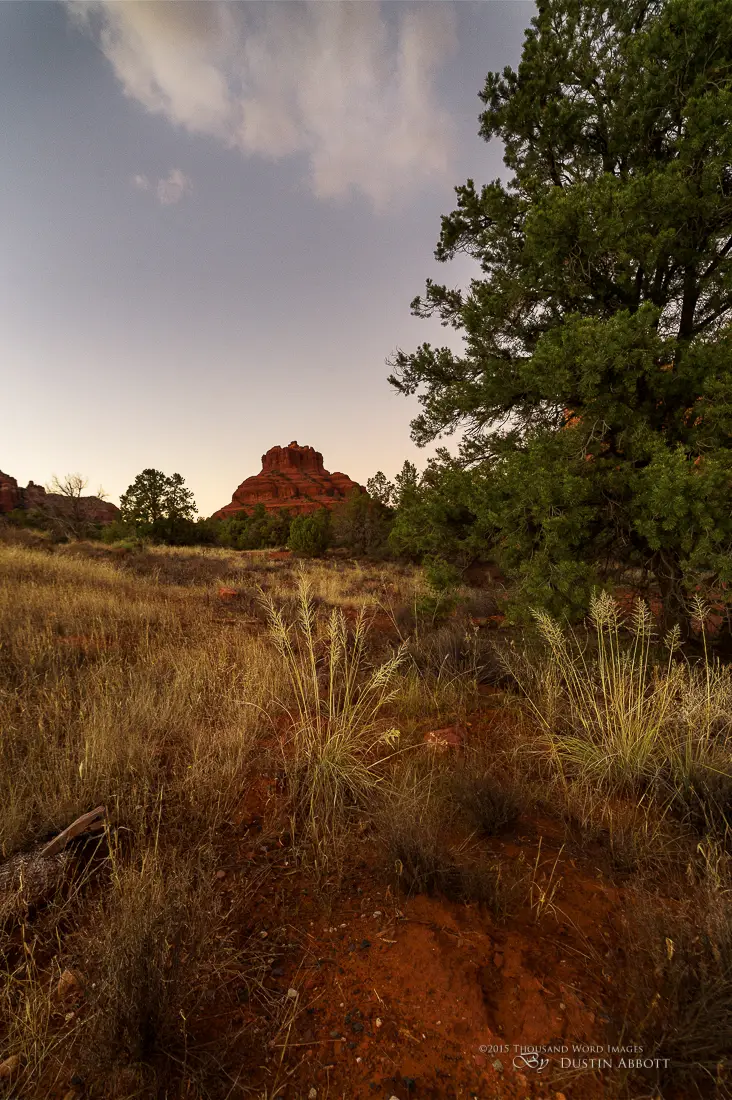





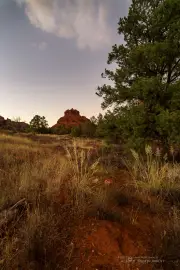

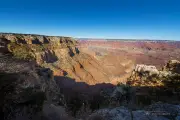
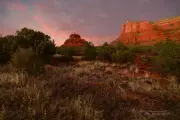
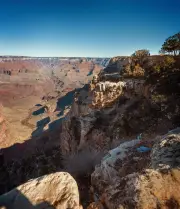
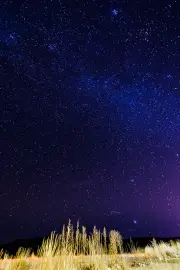

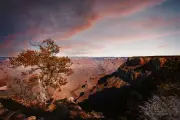

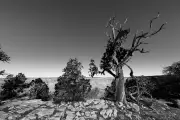


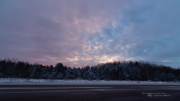


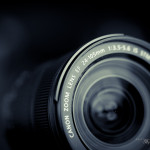
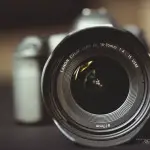
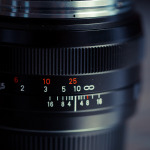

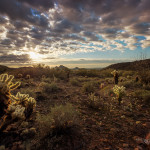
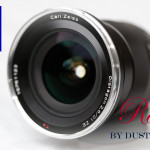
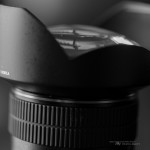

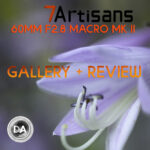
Really liked your pics with the Zeiss 15 F2.8. The resolution
was terrific, especially the pic with the trail and cactus.
What setting did you use ? What elements of the pic were changed in your software?
best regards
Larry
I think that particular shot was f/11, although there is little to distinguish between f/5.6 and f/11 in terms of resolution. In post I most added contrast, warmth, and some selective saturation. I shoot fairly flat RAW images to give me the most latitude for post processing. Thanks for the nice feedback!
Great review! If you have the opportunity to test this lens with a different body please let us know if it still tends to underexpose.
thanks
Sara
Sara, I have returned the lens to Zeiss and so won’t have a chance to test it further. I did notice, however, that the undexposure showed up more here in Canada (where there is a lot of snow!) I think that may have exacerbated the underexposure, as I didn’t notice it to the same degree while I was shooting in Arizona.
Great review, lot's of useful information !
Thank you
You’re welcome, George. Thanks for taking the time to write!
I own a Nikon 16-35 VR 4.0 but is this lens the 1mm wider much of a diference.
Michael, there is about 3 degrees difference angle of view (107 for your Nikon, 110 for the Zeiss). That will be noticeable but no dramatic. You buy the Zeiss more for its low distortion, amazing contrast and resolution, and great color. You’ve already got yourself a pretty great lens, though.